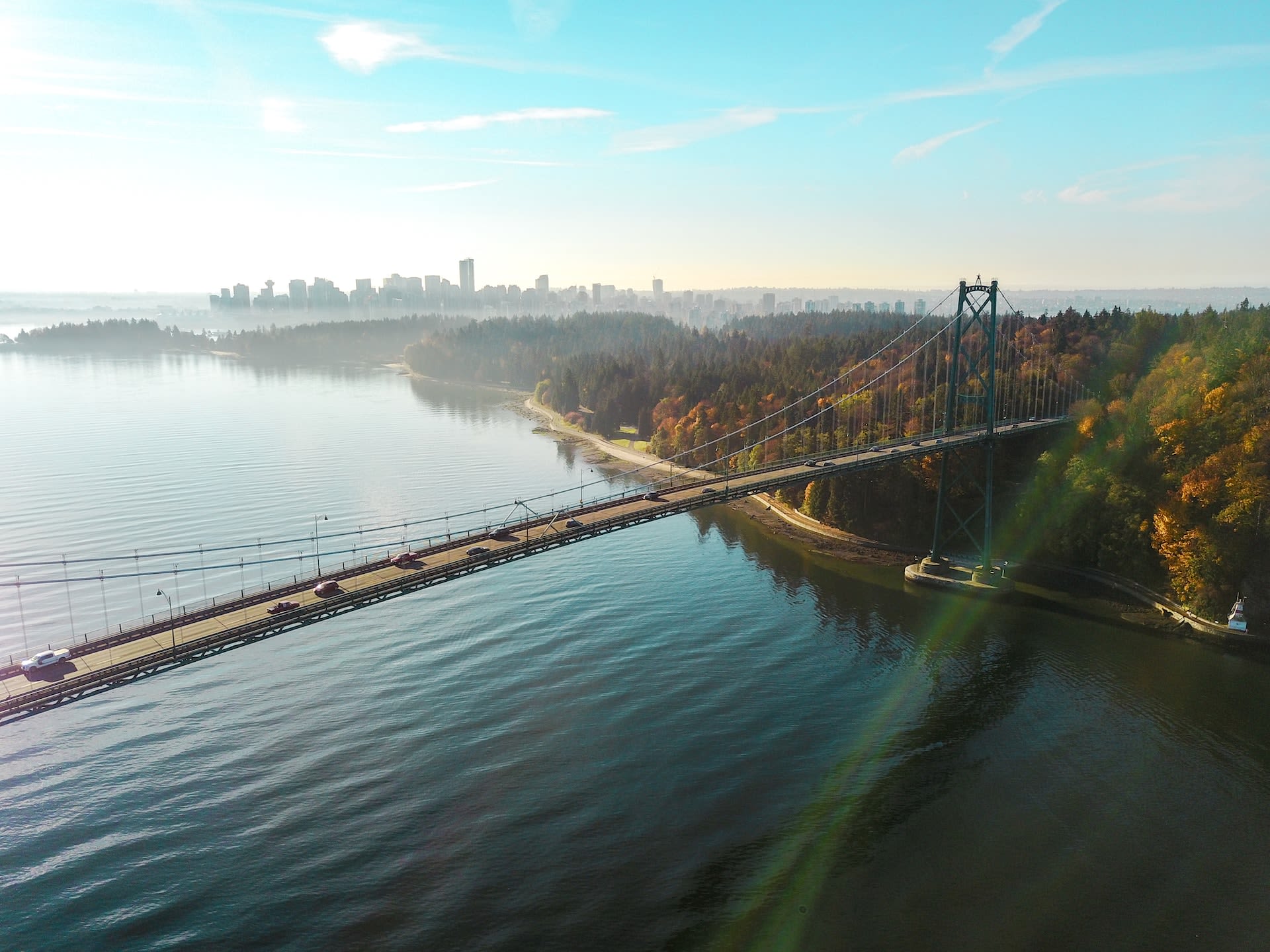Vancouver, British Columbia is known for its stunning natural beauty, but what about the quality of its tap water? Many residents and visitors wonder if the water they drink is safe and clean. In this article, we’ll take a comprehensive look at Vancouver tap water quality, including the types of contaminants that may be present, and what you can do to ensure your drinking water is safe.

Water Quality in Vancouver
According to the City of Vancouver, tap water in the city is sourced from three different locations: the Capilano-Seymour watershed, the Coquitlam watershed, and the Capilano-Lynn watershed. The water is treated at three separate water treatment plants before being distributed to homes and businesses.
Despite rigorous treatment and testing, Vancouver tap water can still contain contaminants, including bacteria, viruses, parasites, and chemicals. Common contaminants found in Vancouver tap water include:
Lead
Lead is a toxic heavy metal that can enter drinking water from the corrosion of pipes and plumbing fixtures that contain lead. Exposure to lead can cause a range of health problems, particularly in children, including developmental delays, behavioral problems, and learning difficulties.
The City of Vancouver is required by Health Canada to test for lead in drinking water every three years, and the latest results from 2021 indicate that lead levels in Vancouver tap water are well below the maximum acceptable concentration of 0.005 milligrams per liter (mg/L) set by Health Canada. However, we know that lead at any level can be harmful to the human body, especially for small children and unborn babies.
Chlorine
Chlorine is commonly used to disinfect drinking water and kill bacteria and viruses that can cause waterborne illnesses. While chlorine is effective at eliminating harmful pathogens, it can also react with naturally occurring organic matter in water to form disinfection byproducts (DBPs) such as trihalomethanes (THMs) and haloacetic acids (HAAs), which have been linked to an increased risk of cancer and other health problems.
The City of Vancouver monitors DBPs in drinking water and aims to keep levels below the maximum acceptable concentration set by Health Canada. The latest results from 2021 indicate that DBP levels in Vancouver tap water were below the maximum acceptable concentration.
PFAS/PFOAs (Per- and Polyfluoroalkyl Substances/Perfluorooctanoic Acid)
PFAS and PFOAs are a group of man-made chemicals that have been widely used in a variety of industrial and consumer products. These chemicals are known to be persistent in the environment and can accumulate in the human body over time. Long-term exposure to high levels of PFAS and PFOAs in drinking water has been linked to a range of health problems, including liver damage, thyroid disease, and increased cancer risk. While the City of Vancouver does not monitor PFAS and PFOAs in drinking water, Health Canada has set a health-based guideline for these chemicals in drinking water at 0.0015 milligrams per liter (mg/L).
Recent studies have suggested that PFAS and PFOAs may be present in Vancouver tap water at levels below Health Canada’s guideline. However, more research is needed to fully understand the extent of contamination and potential health risks associated with these chemicals in Vancouver tap water.
VOCs (Volatile Organic Compounds)
VOCs are a group of chemicals that can be found in drinking water as a result of industrial processes, vehicle emissions, and other sources. Exposure to high levels of VOCs in drinking water has been linked to a range of health problems, including liver and kidney damage, nervous system disorders, and increased cancer risk. The City of Vancouver monitors VOCs in drinking water and the latest results from 2021 indicate that levels in Vancouver tap water were below the maximum acceptable concentration set by Health Canada.
HAA5 (Haloacetic Acids)
HAA5 is a group of disinfection byproducts that can be found in drinking water as a result of the chlorination process. Long-term exposure to high levels of HAA5 in drinking water has been linked to an increased risk of bladder, rectal, and colon cancer. The City of Vancouver monitors HAA5 in drinking water and the latest results from 2021 indicate that levels in Vancouver tap water were below the maximum acceptable concentration set by Health Canada.
Microplastics
Microplastics are small plastic particles that can be found in the environment, including in water sources. While the long-term health effects of consuming microplastics in drinking water are not yet fully understood, studies have suggested that they may be harmful to human health. The City of Vancouver has conducted limited testing for microplastics in drinking water and the latest results from 2019 indicate that levels in Vancouver tap water were below detection limits. However, the City acknowledges that more research is needed to fully understand the extent of microplastic contamination in drinking water.
What Can You Do to Ensure Safe Drinking Water?
While the City of Vancouver is responsible for ensuring that tap water is safe and clean, there are steps you can take to further ensure the quality of your drinking water:
- Invest in a water filter – A home water filtration system can remove contaminants from tap water, such as lead and chlorine. LARQ Pitcher PureVis removes contaminants like lead, chlorine, PFAS/PFOA, VOCs and more at or exceeding NSFI standards. Plus, it’s the first of its kind to add another layer of protection — PureVis UV-C technology — to prevent bio-contamination.
- Flush your pipes – Letting the tap run for a few minutes can help flush out any contaminants that may have built up in your plumbing.
- Use a testing kit – Home water testing kits can help you determine if there are any contaminants present in your tap water.
In conclusion, while Vancouver tap water is treated and monitored to ensure its safety, it can still contain contaminants. By taking the necessary steps, such as filtering your water and flushing your pipes, you can further ensure the quality of your drinking water. Remember to stay informed about Vancouver tap water quality and take action to ensure your health and safety.
